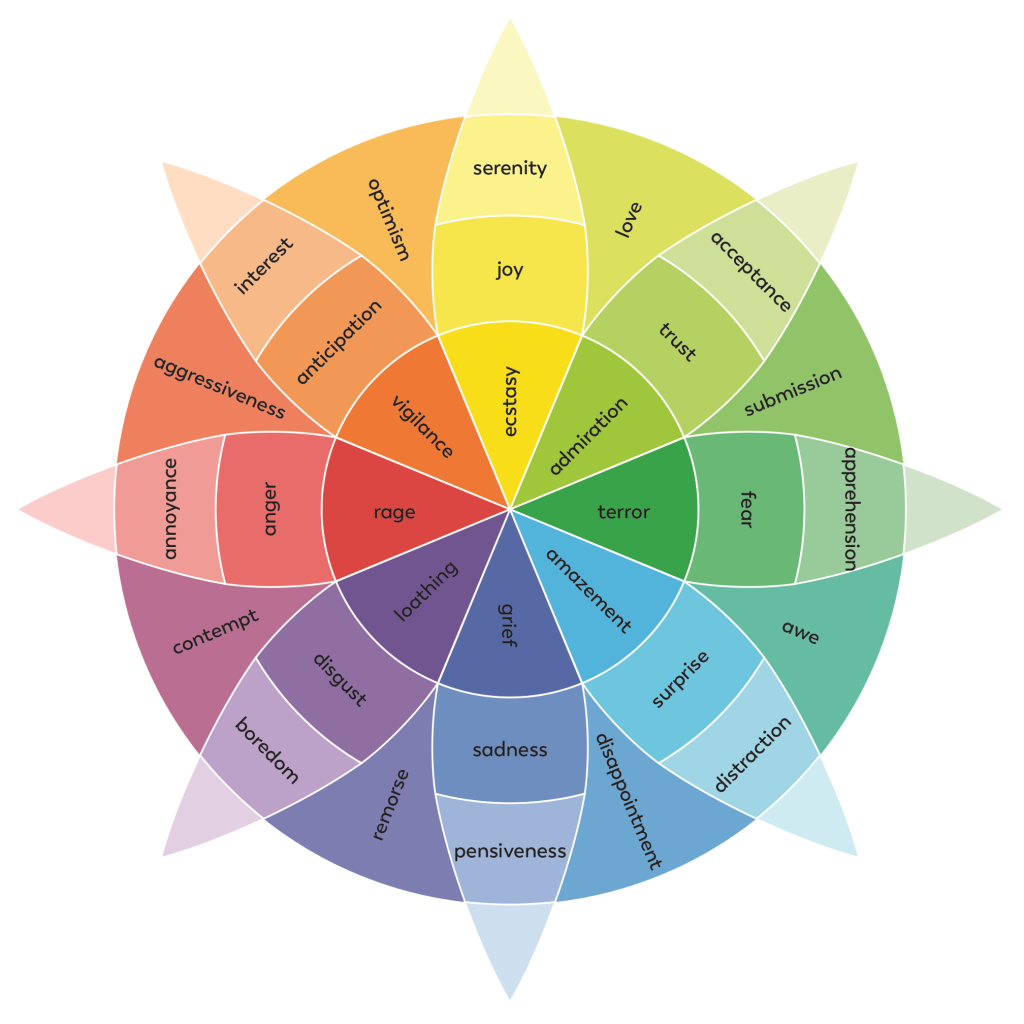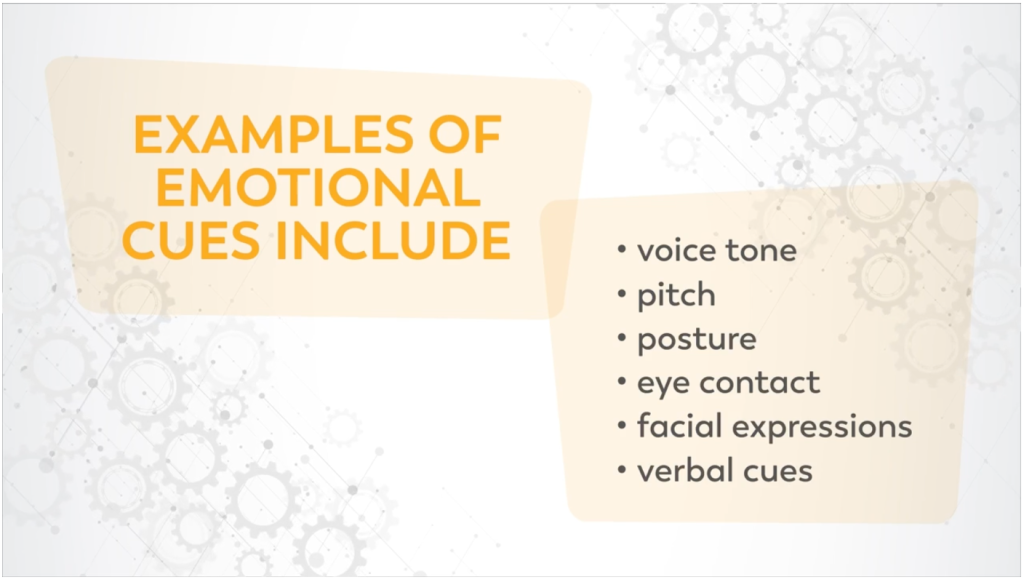As we outlined in our last article in this series, Self Awareness is the first component of Emotional Intelligence. It begins by listening to your self-talk in emotional situations. Self-talk has the powerful ability to regulate or accelerate your emotional states.
Think back to when you had to stand up in front of a group and give a presentation, whether at school or work. As you prepared, you may have thought, “I always mess up in front of people… or what if I forget what to say? Everyone will think I’m a failure.”
This is what we call negative self-talk. The more you focus on these thoughts, the more you accelerate the corresponding negative emotions like anxiety or worry that comes with it.
On the flip side, positive self-talk might sound like, “I’ve practiced a lot; I know my material. I’m going to do great.” – which can in turn amplify emotions of confidence and optimism.
Increasing our Emotional Vocabulary
What do we mean when we say “increase our emotional vocabulary” and why do we need to do it? Simply put, we’re talking about putting more words to the expansive range of emotions we might experience day-to-day. By increasing our emotional vocabulary, we can more accurately understand what we are feeling in the moment and react accordingly.

The diagram above is Plutchik’s Wheel of Emotions. Robert Plutchik, an American psychologist and professor, is best known for his work on the nature of emotions. This framework he created helps bring clarity to emotions, which can sometimes feel mysterious and overwhelming.
Emotions intensify as they move from the outside to the center of the wheel, which is also indicated by the color: the darker the shade, the more intense the emotion. For example, anger at its least intense level is an annoyance. At its highest level of intensity, anger becomes rage.
Without an understanding of this progression, we may feel only slightly annoyed but identify this feeling as anger because we lack the emotional vocabulary and awareness to distinguish between them. If we’re not giving ourselves space to acknowledge and understand our emotions, we can unintentionally jump the intensity of the situation without even realizing it.
There is an important rule about emotions in ourselves and in our relationships that we need to be aware of…
If left unchecked, emotions can intensify.
Note that emotional cues are not just verbal. Other cues to pay attention to include:
- voice tone
- pitch
- posture
- eye contact
- facial expression
- verbal cues
- overall body language

Note that it is necessary to deploy a level of empathy to pick up on emotional cues. We’ll get into more detail about this in our next article.
Creating space between our emotions and our actions is a key component of Self Management. An effective tool for creating this space is Mindfulness.
Mindfulness is a proven skill that will help you create some space between emotions and action; and raise your overall awareness of how you’re feeling.
This skill increases your Self Awareness and allows you to bring an intentionality to your actions. There are many ways of practicing mindfulness including:
If you’ve missed the previous installments in this series, check out Understanding Emotional Intelligence.
